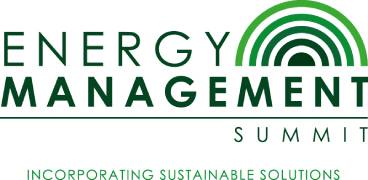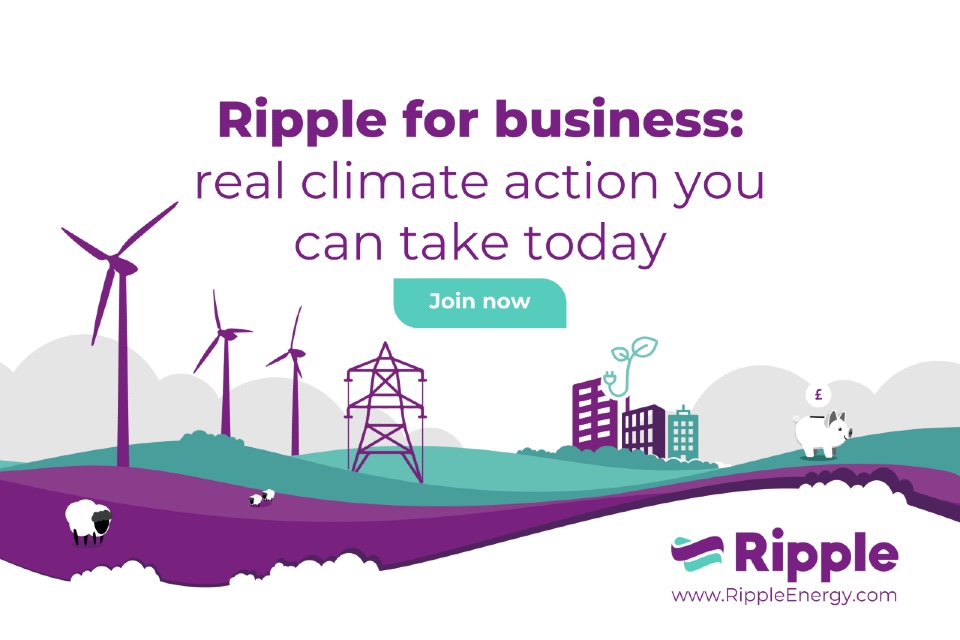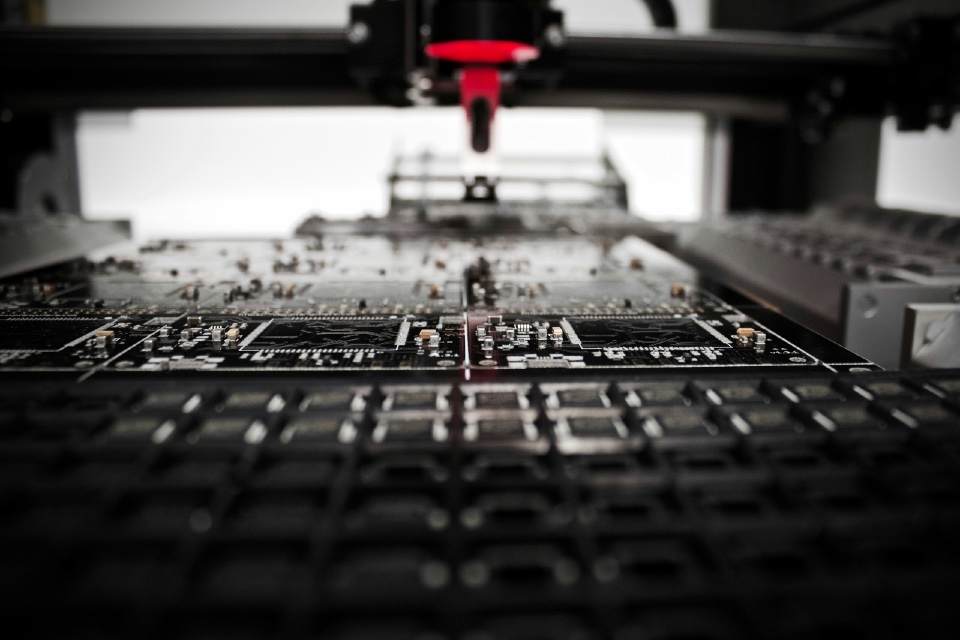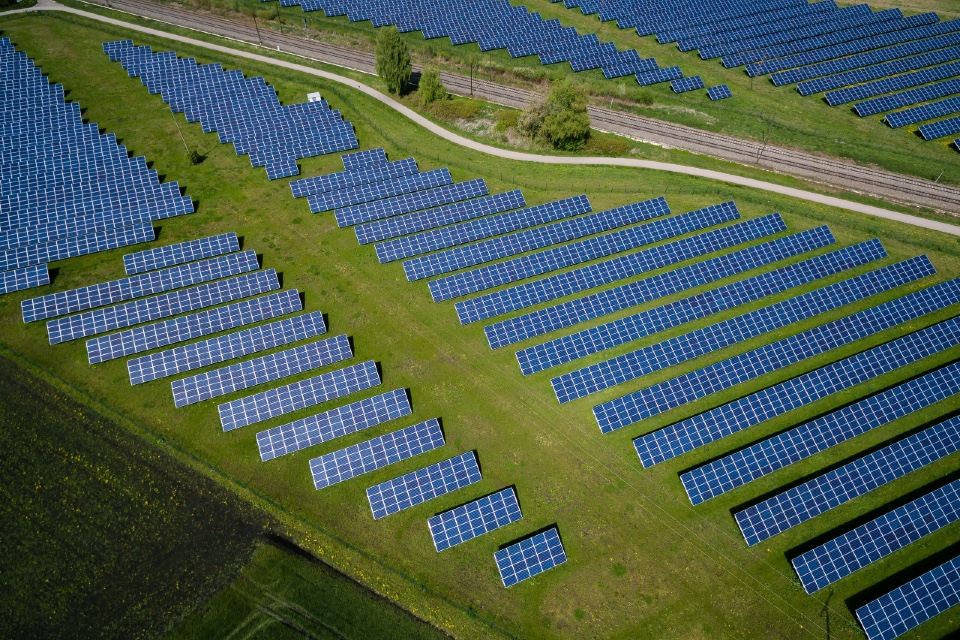Study warns retailers away from compostable packaging
https://energymanagementsummit.co.uk/wp-content/uploads/2024/07/Medway_delivery-2.jpg 960 640 Stuart O'Brien Stuart O'Brien https://secure.gravatar.com/avatar/81af0597d5c9bfe2231f1397b411745a?s=96&d=mm&r=gA new multi-trial study by independent environmental and behaviour change experts Hubbub and the University of Sheffield, has found significant improvements in the disposal of certified compostable packaging when people are given clear instructions and consistent labelling.
However, Hubbub warn that compostable packaging is not a silver bullet and should only be used in specific circumstances.
The UKRI-funded study, undertaken as part of the Compostable Coalition UK’s research and demonstration project, investigated how people dispose of compostable packaging in office canteens, retailer take-back schemes, and household waste collections.
The findings showed that people are often bewildered about how to properly dispose of compostable packaging, which leads to low levels of effective disposal and can cause contamination in recycling streams.
Based on the findings of the three studies, Hubbub have set out recommendations in a new report – Unearthed. These include:
- Prioritise the removal of packaging altogether, choosing reuse or sticking to packaging that can be recycled effectively, over switching to compostables
- Only use compostable packaging where industrial composting collections exist – currently the majority[1] of local authority food waste collections send the waste to anaerobic digestion systems which can’t accept compostable packaging, and home composting has mixed results. If not disposed of correctly, compostable packaging may contaminate recycling streams, be incinerated or end up in landfill.
- Introduction of mandatory, standardised disposal labellingfor compostable packaging which clearly specifies which bin to use, in line with the OPRL recycling labels used throughout the UK
- Introduction of a mandatory front-of-pack compostable message – many participants in the research commented that the front-of-pack message tested prompted them to look at the more detailed disposal instructions on the back of packs
- Clear producer guidelines on the environmental impact of compostable packaging compared to alternative materials to inform packaging decisions
There is currently no standardised or mandatory disposal labelling for compostable packaging in the UK, with the trials revealing a common theme of consumer confusion and difficulty in correctly identifying and disposing of compostable packaging, due to it looking the same as conventional materials and a lack of clear disposal instructions.
In response, Hubbub and psychologists from the University of Sheffield introduced new distinctive disposal labels and clear communications, and saw increases in the correct disposal of compostable packaging across all three trials. The closed-loop office canteen trial saw 2.4 times more compostable packaging disposed of in the correct bins after the introduction of the labels and new bin signage. Contamination also decreased over the trial period and six months post-trial waste audits showed that improvements remained.
The households trial, conducted with Medway local authority, introduced the new labels alongside information on using the food and garden waste bin and the composting process. This also resulted in positive behaviour change with 1.8 times more compostable packaging correctly disposed of per household compared to before.
The retailer return scheme trial with Riverford also saw more than double the number of customers self-reporting that they had returned their compostable packaging to Riverford to be composted, after receiving new paper liners in their food boxes highlighting the return scheme. Despite the positive results in consumer behaviour change across these trials, Hubbub still calls for caution when deciding whether to use compostable packaging.
Hubbub CEO Alex Robinson warns against overreliance on compostables:“The public are rightly concerned about plastic waste and in recent years we’ve seen an increase in alternatives such as compostable packaging. However, the huge variety of compostables and lack of consistency not only confuses people but can cause significant issues for our waste and recycling systems. There are very specific methods for disposing of the packaging to ensure it gets composted and we simply don’t currently have the infrastructure to support this in the UK.
“There’s a common misconception that using compostable packaging is a quick fix for replacing single-use packaging in an environmentally friendly way, but this often isn’t the case. Both the British public and businesses want to do the right thing, but we need to give them the right guidance to do this. While clear labelling can improve disposal rates, it’s crucial to remember that compostables are not a replacement for a waste reduction strategy.”
Dr Nicola Buckland, Chartered Psychologist, University of Sheffield said: “Across the three studies it was clear that there is consumer confusion around compostable packaging. The interventions we developed and trialled aimed to reduce this confusion by using a number of reminders, including clear and distinctive packaging labels which specified which bin to use for compostable packaging. The results provide compelling evidence that such strategies can be useful for reducing consumer confusion and increasing the rates that compostable packaging ends up in the right bin for industrial composing.”
Compostable Coalition UK includes organisations from the compostable packaging industry, the waste industry and associations, and independent academic and environmental charity experts. The advisory board includes representatives from some of the UKs largest retails, Tesco, Marks & Spencer and Ocado Retail along with WWF and the executive director of OPRL.













